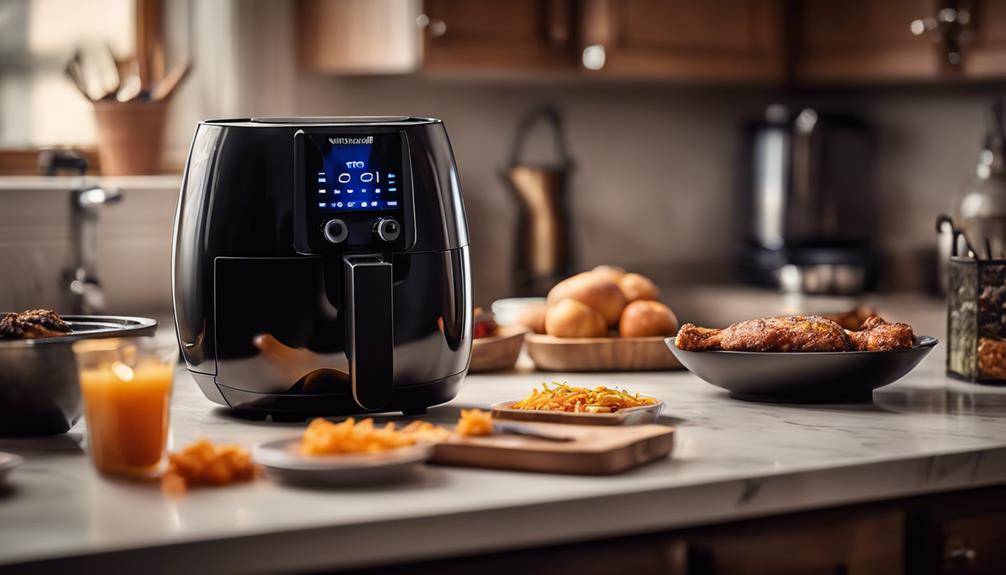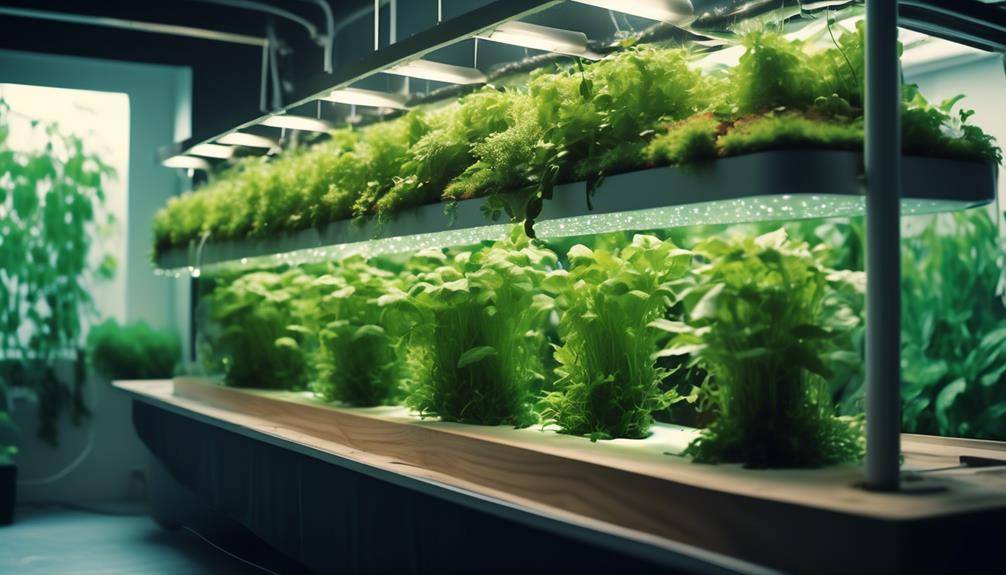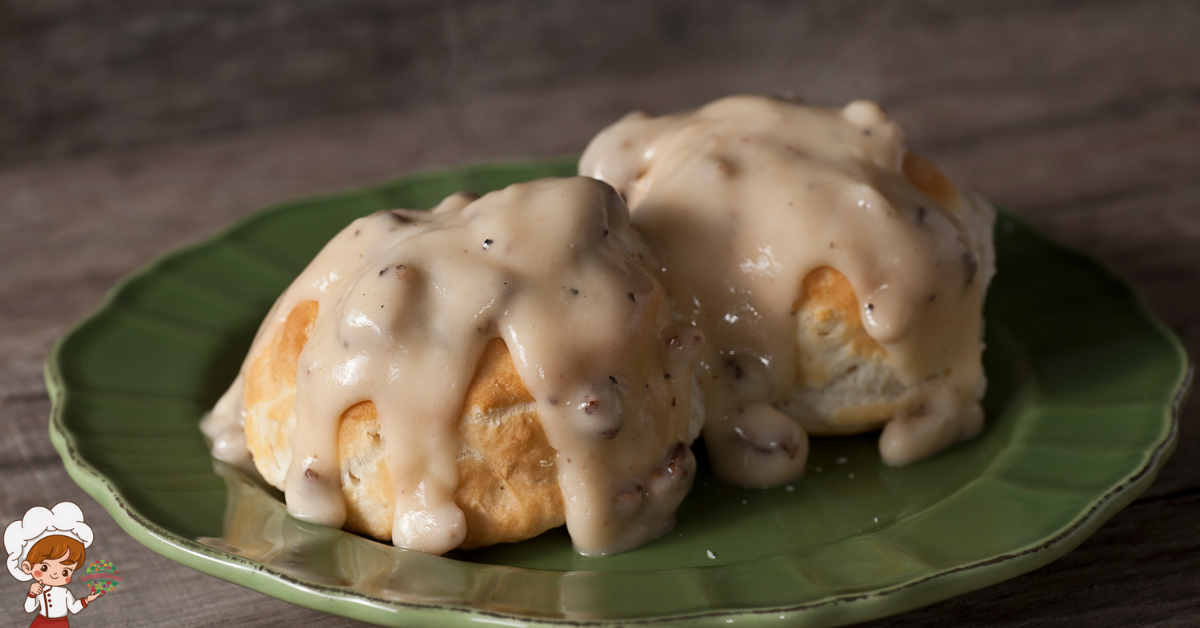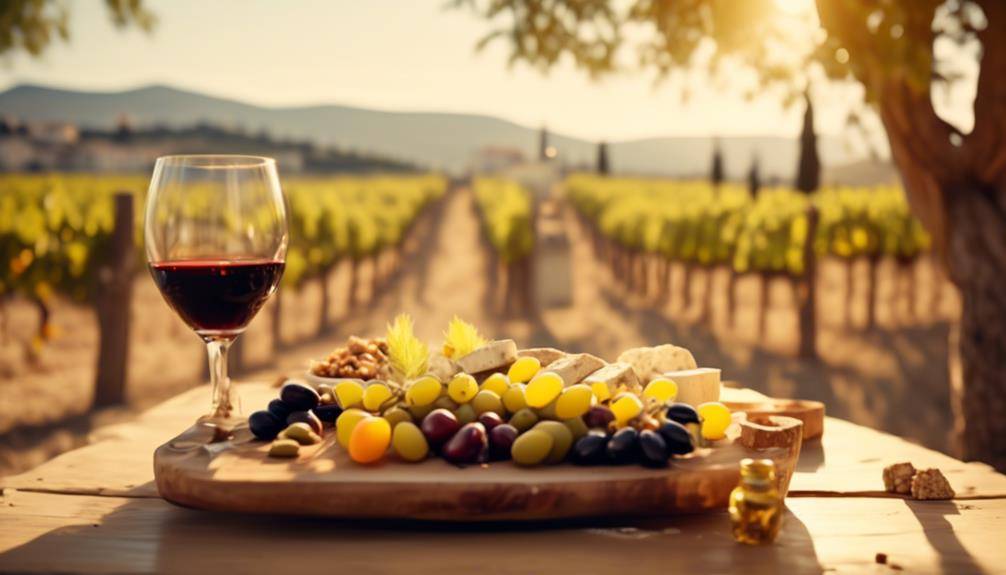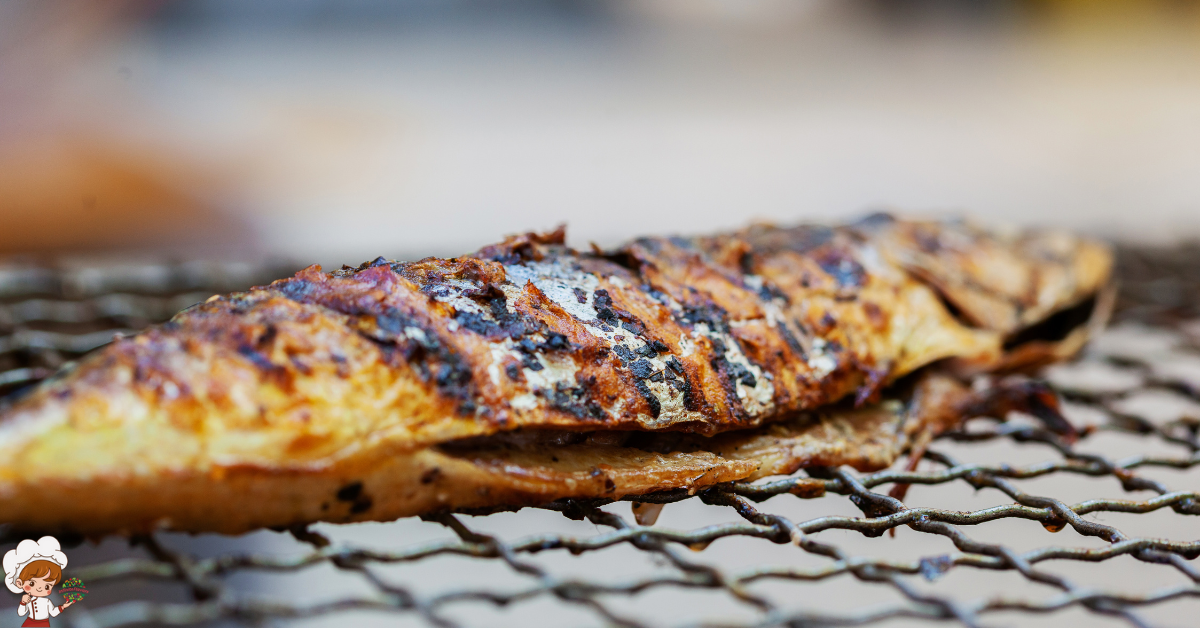The #1 Amazing Fluffy Classic Pancakes
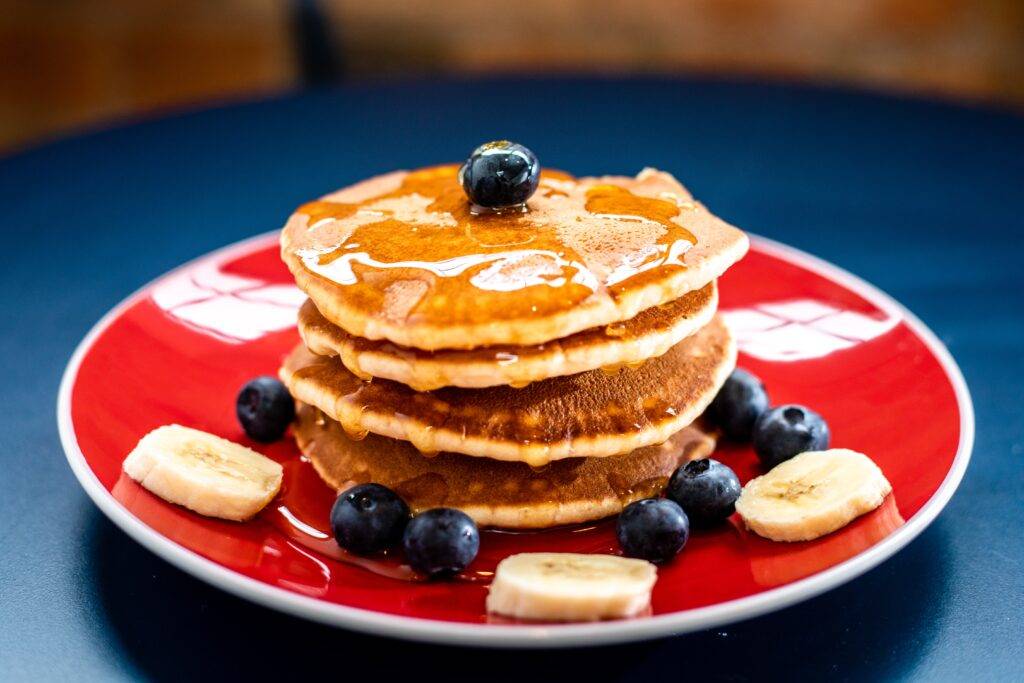
Classic Pancakes, with their golden-brown hue and fluffy texture, have long held a cherished place in breakfast traditions worldwide. These delectable disks of goodness can be topped with a variety of sweet or savory ingredients, making them a versatile and beloved dish. Join us here at Infinite Flavors as we dive into the origin of classic pancakes, exploring their rich history and providing you with a delicious pancake recipe to enjoy.
Classic Pancakes Through the Ages: A Brief History:
Pancakes, often referred to as hotcakes or griddlecakes, have been a part of human culinary heritage for centuries. Their exact origin is somewhat shrouded in the mists of time, as different cultures have embraced and adapted this simple yet delicious dish.
Ancient Beginnings:
The story of pancakes can be traced back to ancient civilizations, with various cultures making their own versions. Ancient Greeks and Romans enjoyed a precursor to modern pancakes, which they cooked on hot stones. These early pancakes were typically unleavened and were often sweetened with honey.
Medieval Europe:
Pancakes made their way to medieval Europe, where they became a popular dish. This is where the term “pancake” originates, derived from the Middle English word “pancake” or the Old English word “pancackes,” meaning a cake baked in a pan. During this time, pancakes were often made using ingredients like ale, spices, and even fruit.
The Classic Pancake as a Tradition:
In many cultures,classic pancakes became associated with festivals and traditions. In the United Kingdom, Pancake Day, also known as Shrove Tuesday, marks the last day before Lent. It’s a day for indulgence, with people making and enjoying pancakes before the fasting period begins. In France, there’s Mardi Gras, and in Russia, there’s Maslenitsa, both of which feature pancakes as a key culinary delight.
American Classic Pancakes:
In the United States, pancakes took on their own identity, with American-style pancakes being light, fluffy, and often served in stacks. Pancakes have become a quintessential breakfast dish, served with butter and maple syrup, fresh fruit, or a variety of other toppings.
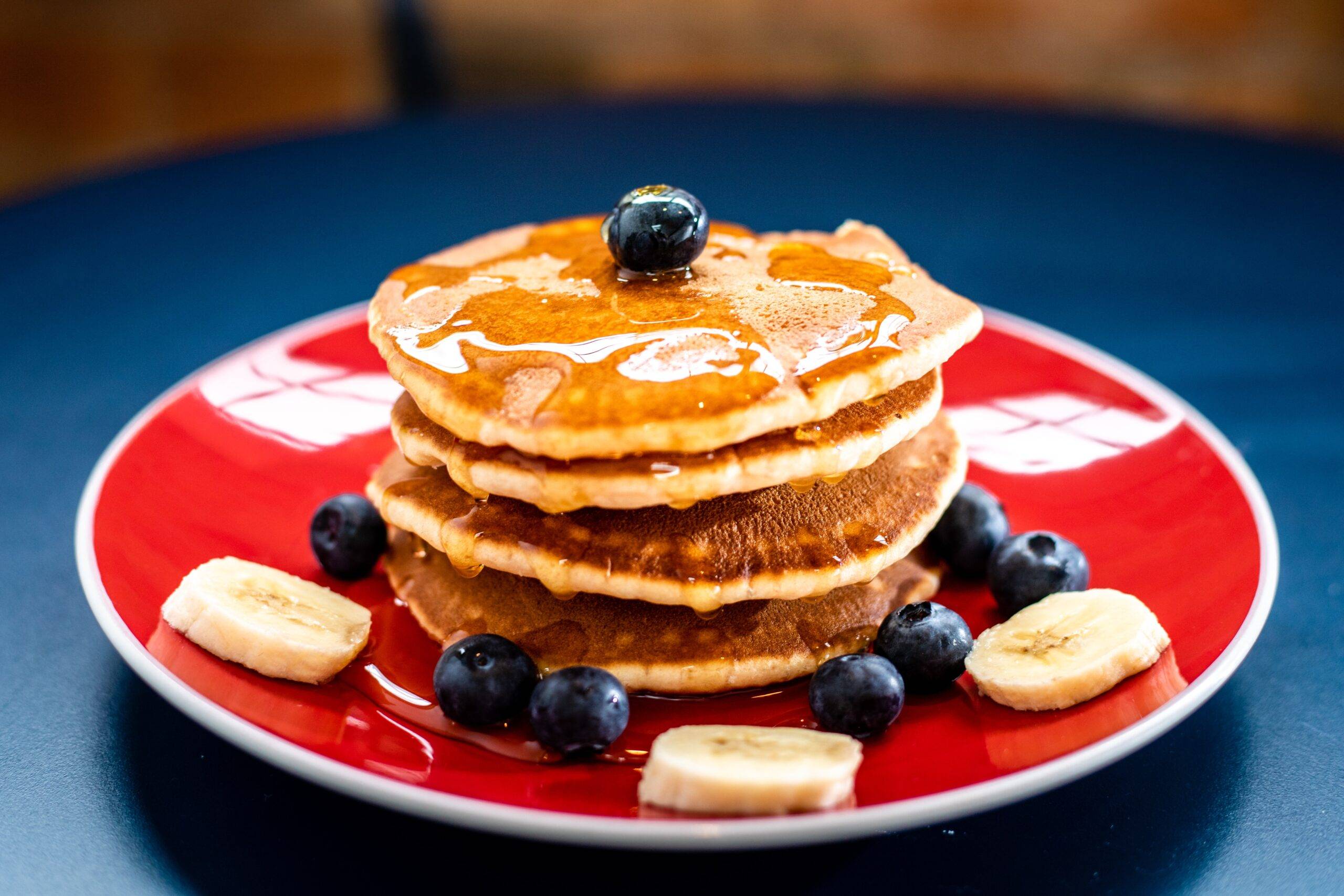
Classic Pancake
Equipment
- Griddle, Saute Pan, Flat Iron Pan
Ingredients
- 1 Cups all-purpose flour
- 2 tablespoons sugar
- 1 teaspoons baking powder
- 1/2 teaspoon baking soda
- 1/4 teaspoon salt
- 2 tablespoons unsalted butter (1 stick) melted
- 1 cup buttermilk * sub milk
- 1 teaspoon vanilla extract
- 1 tablespoon butter greasing pan * or cooking spray
Instructions
- Prepare the Dry Ingredients: In a large mixing bowl, whisk together the flour, sugar, baking powder, baking soda, and salt.
- Combine Wet Ingredients: In another bowl, whisk together the buttermilk, milk, egg, melted butter, and vanilla extract (if using).
- Mix Wet and Dry Ingredients: Pour the wet ingredients into the dry ingredients and gently stir until just combined. Do not overmix; it's okay if there are a few lumps.
- Preheat the Pan: Heat a non-stick skillet or griddle over medium-high heat. Add a small amount of butter or oil to coat the surface.
- Cook the Pancakes: Pour 1/4 cup of the pancake batter onto the hot skillet for each pancake. Cook until you see bubbles forming on the surface, and the edges start to look set, about 2-3 minutes.
- Flip and Cook Again: Carefully flip the pancakes with a spatula and cook for an additional 2-3 minutes, or until they are golden brown and cooked through.
- Serve Warm:
Conclusion:
Classic Pancakes, with their enduring legacy and mouthwatering taste, have woven themselves into the very fabric of breakfast cuisine, becoming a beloved and timeless treat. Whether you prefer the classic pairings of butter and syrup or venture into uncharted culinary territories with inventive toppings, pancakes are a source of morning delight that transcends generations. The next time you indulge in a stack of these fluffy wonders, take a moment to appreciate the rich history that has lovingly brought this comforting dish to your breakfast table.
Classic Pancakes are more than just a breakfast food; they are a symbol of comfort, a reminder of tradition, and a culinary canvas ripe for innovation. Their roots stretch back through time, with nearly every culture contributing a unique twist to this versatile dish. From the ancient Greeks and Romans to the European crepes and American flapjacks, pancakes have left their imprint on the global breakfast scene.
As you relish the warm, golden bites of a freshly cooked pancake, you partake in a ritual that unites generations. Families have passed down the classic pancake recipes through the ages, creating a sense of continuity and shared heritage. The experience of making pancakes together, perhaps with a secret family recipe or a special technique, deepens these bonds.
In a world of ever-evolving culinary trends, pancakes remain a constant, a dependable staple that continues to comfort and satisfy. With each flip of the griddle, you’re participating in a timeless tradition that connects the past to the present. Pancakes are a symbol of the uncomplicated pleasures of life and the joy of gathering around the breakfast table.
In their simplicity and versatility, pancakes offer a blank canvas for culinary creativity. Experimentation with flavors, fillings, and toppings is a testament to the enduring appeal of this cherished dish. It’s an opportunity to explore new tastes and bring fresh perspectives to a classic.
So, the next time you stack up your pancakes, know that you’re embracing history on a plate, a culinary journey that has been enriched by countless hands, hearts, and palates over the centuries. Pancakes are more than a meal; they are a celebration of the human connection to food, an homage to the mornings that bring us together, and a tribute to the enduring legacy of one of the world’s most beloved breakfast treasures.



